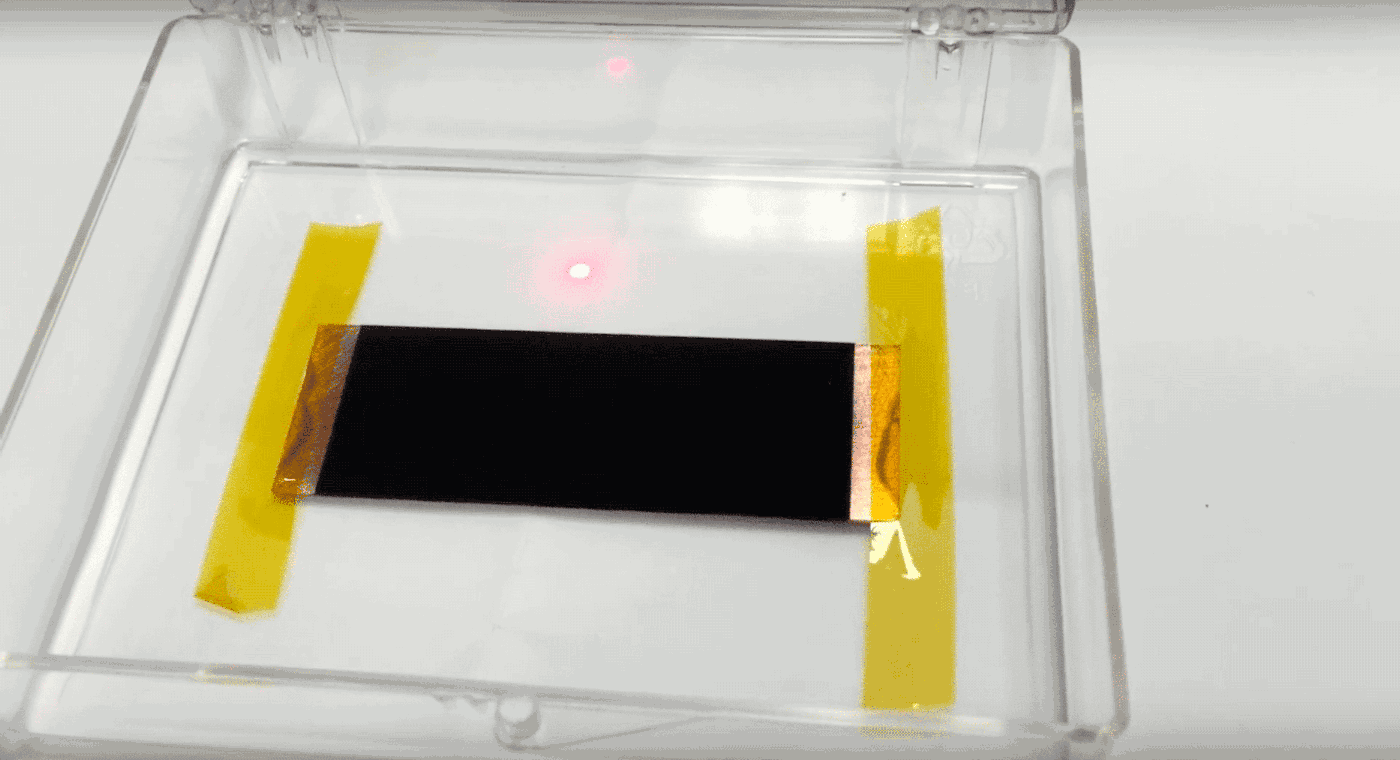Vantablack : The darkest pigment in existence becomes more darker
In 2014, British company Surrey NanoSystems had announced that it had created Vantablack, a series of microscopic vertical tubes. The compound is so black that it absorbs 99.965% of visible light and 99.85% of visible radiation, deceiving the eye into seeing a wrinkled aluminium foil spread with Vantablack as a smooth, black surface. Originally developed for military purposes and astronomy equipment, the implementation of Vantablack is more fields than arts.
Indian-born British artist Anish Kapoor has acquired exclusive rights to the revolutionary Vantablack pigment, said to be the blackest shade of black ever created.
Kapoor, who has designed the Orbit tower for the London Olympics, is currently the only person in the world who can paint using this colour, and has been doing so since 2014. He has described the pigment as “so black you almost can’t see it.”
Surrey NanoSystems is limiting the use of Vantablack in art, but not other areas, referring the difficulty of actually using the material, and their basic desire not to deal with the customs headache of exporting it from the UK. Vantablack is not paint or a pigment, as Surrey NanoSystems points out in their FAQ’s:
Vantablack is generally not suitable for use in art due to the way in which it’s made. Vantablack S-VIS also requires specialist application to achieve its aesthetic effect. In addition, the coating’s performance beyond the visible spectrum results in it being classified as a dual-use material that is subject to UK Export Control. We have therefore chosen to license Vantablack S-VIS exclusively to Kapoor Studios UK to explore its use in works of art. This exclusive licence limits the coating’s use in the field of art, but does not extend to any other sectors.
While artists might not agree with the idea that a nanotech company gets to choose what is “generally not suitable for use in art”, Surrey NanoSystems is not limiting the use of Vantablack completely. Their decree apparently means that the company could license its use in products like space-based telescopes and cameras. Vantablack’s distinctive ability to absorb 99.965 percent of visible light and 99.85 percent of infrared radiation means that it can stop unwanted light from reaching a camera sensor, an amazingly valuable feature in space, where researchers are trying to capture faint light from distant stars.


